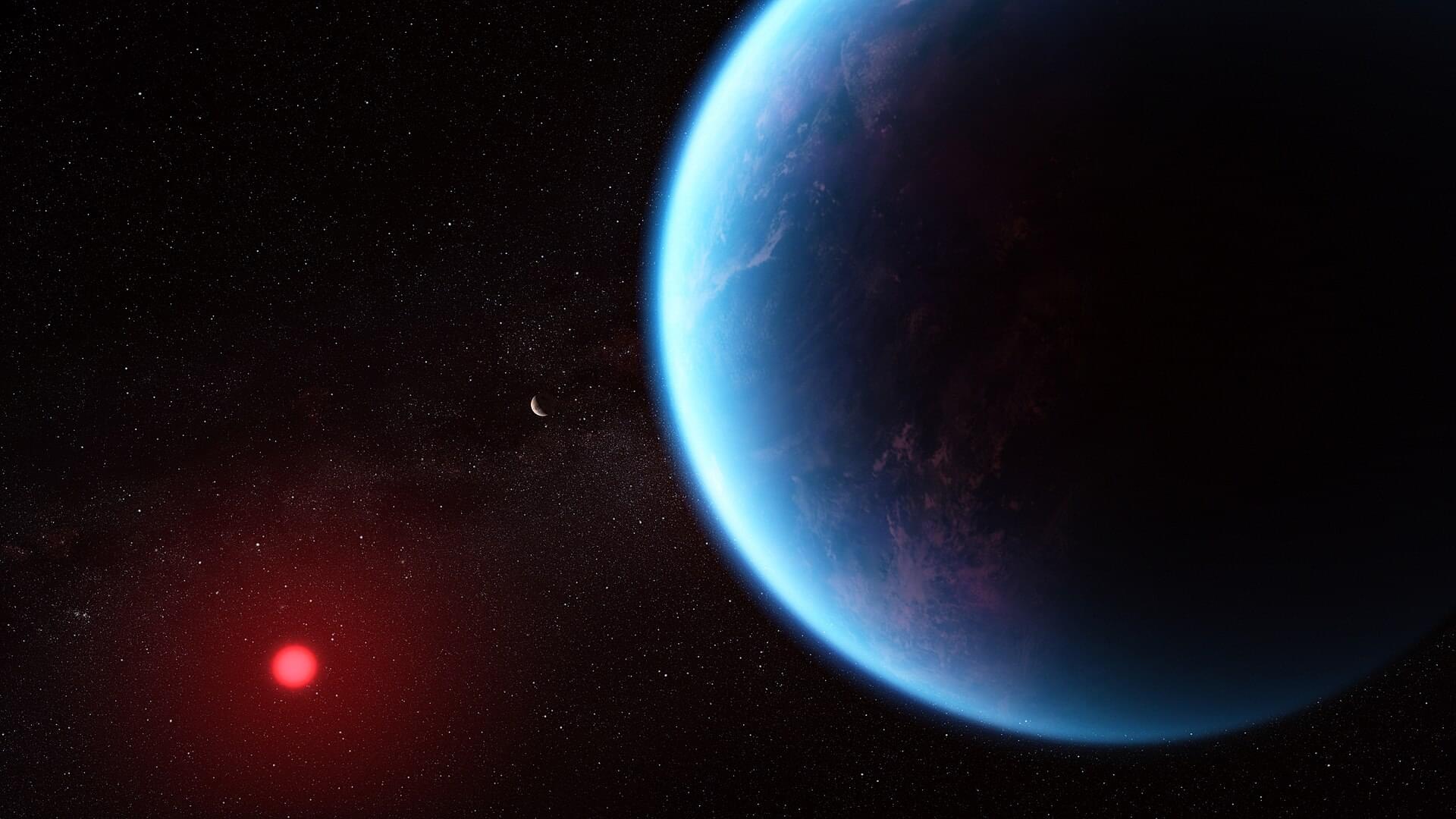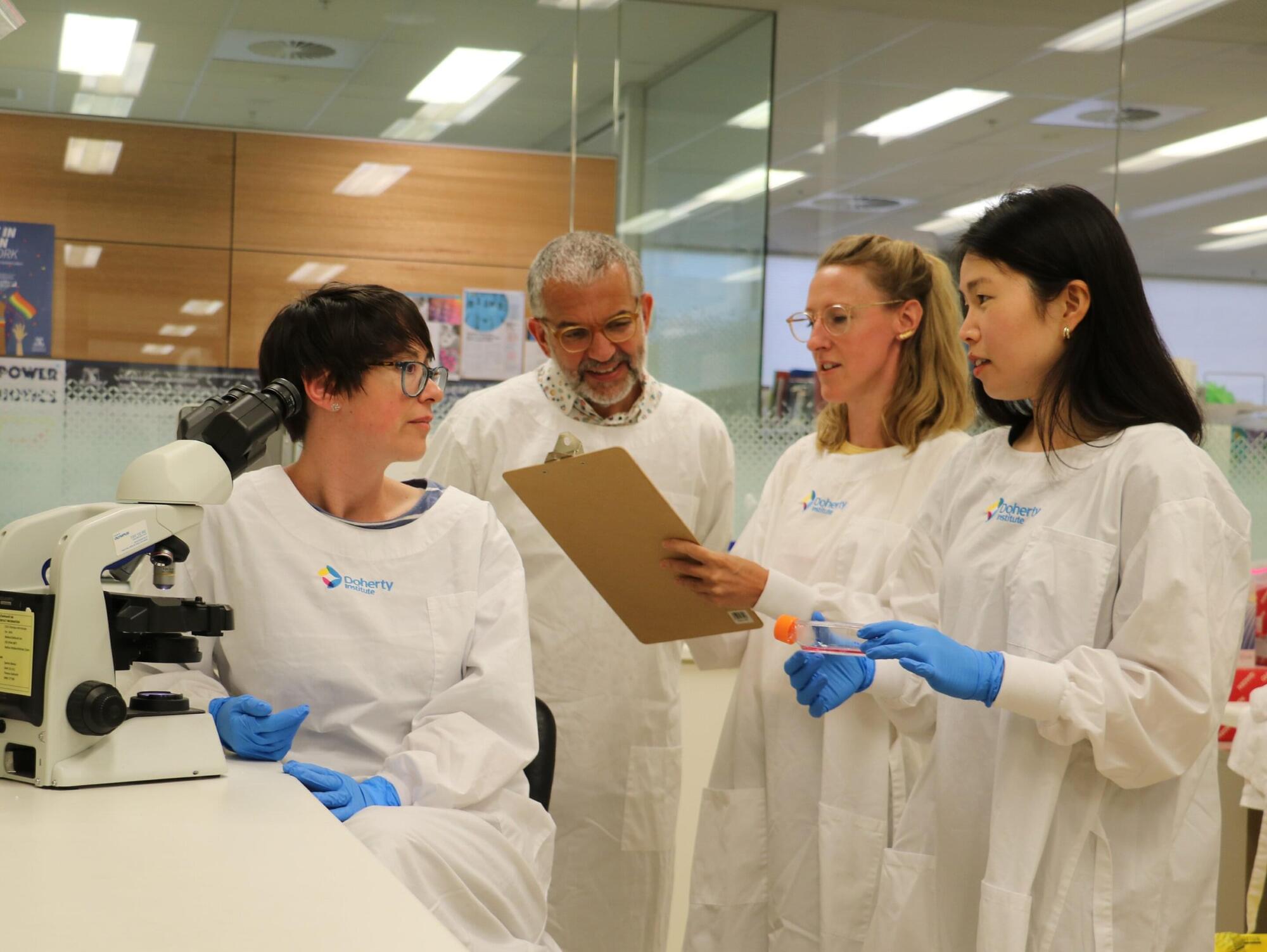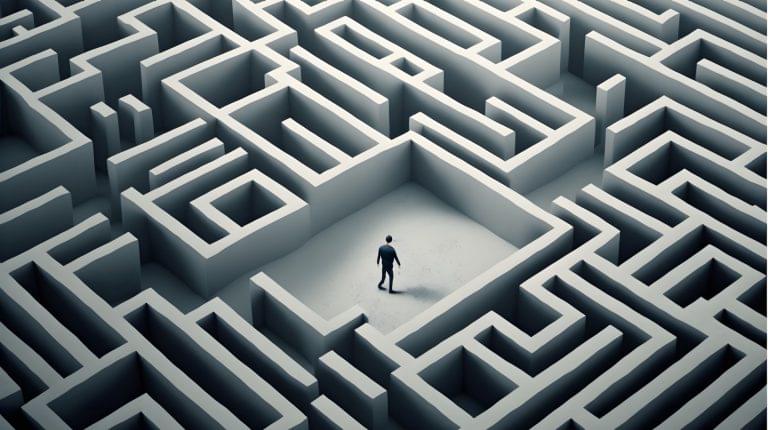What can sub-Neptune exoplanets teach astronomers about finding life beyond Earth? This is what a recent study published in The Astronomical Journal hopes | Space




Scientists at the Peter Doherty Institute for Infection and Immunity (Doherty Institute) have uncovered how the gut microbiota help the immune system fight melanoma, explaining why patients with a fiber-rich diet and balanced gut bacteria tend to respond better to cancer immunotherapies.
The study, published in Immunity, shows that molecules produced by gut bacteria upon digestion of dietary fiber can improve the function of cancer-fighting immune cells. The research team, led by the Doherty Institute, in collaboration with the Peter MacCallum Cancer Center (Peter Mac) and Monash University, found that these digestive by-products influence melanoma progression by naturally boosting killer T cell function in pre-clinical cancer models.

By Nina Bai
Studying mice of different ages, Stanford Medicine scientists and colleagues found that neurons involved in spatial memory become less reliable later in life.
What if watching a video didn’t just change your mind — but erased your existence?
In this speculative science deep dive, we explore SCP-4076, the infamous “Video Hurt System”, a VHS tape that destroys anything that observes it.
Through the lens of quantum collapse, memetic contagion, and information physics, we examine how a piece of analog media could defy the laws of reality itself.
Is SCP-4076 proof that knowledge can have mass? Could perception itself carry the power to rewrite existence?
Join us as we investigate the intersection of cognitive hazards, quantum theory, and metaphysical information, where curiosity becomes a weapon and observation erases the observer.
📅 New speculative science essays every weekday at 6 p.m. PST / 9 p.m. EST
🔔 Subscribe and turn on notifications — explore the edge of what’s possible.
💬 Tell us: would you play the tape?

The rapidly growing field of research on chiral phonons is giving researchers new insights into the fundamental behaviors and structures of materials. The chirality of phonons could pave the way for new methods to control material properties and to encode information at the quantum level, which has implications for, among other areas, quantum technologies, electronics, energy transport, and sensor technology.
A recently published perpsective article in Nature Physics describes the development of this emerging research area, presents a framework for the classification of phonons, and provides a comprehensive overview of the materials in which chiral phonons have been studied or may be discovered in the future. This work is helping accelerate progress in one of today’s fastest-growing areas of quantum materials.
Matthias Geilhufe, Assistant Professor at the Department of Physics, conducts research on chiral phonons and is one of the main authors of the article.

Quantum computers, machines that process information leveraging quantum mechanical effects, could outperform classical computers on some optimization tasks and computations. Despite their potential, quantum computers are known to be prone to errors and their ability to perform computations is easily influenced by noise.
Quantum scientists and engineers have thus been developing verification protocols, tools designed to check whether quantum computers are computing information correctly. Ideally, these protocols should also provide cryptographic security, meaning that they should ensure that the information processed by computers cannot be forged or tampered with by malicious users.
Researchers at Sorbonne University, University of Edinburgh and Quantinuum recently introduced a new on-chip cryptographically secure verification protocol for quantum computers. The new protocol, outlined in a paper published in Physical Review Letters, was successfully deployed on Quantinuum’s H1-1 quantum processor.

EMBL scientists have improved a protein analysis technique, significantly expanding its use and making it 100 times faster.
Swedish chemist Jöns Jacob Berzelius, in a letter to a fellow chemist, first suggested the name “proteins” for a particular class of biological substances, deriving it from the Greek word proteios, meaning “primary” or “of first importance.” Although scientists in the 1830s knew very little about proteins, it was already clear how essential they were to living organisms.
Long-known as the “workhorses of the cell,” proteins are responsible for powering nearly every function in the body. Often critical to this is their interactions with other small molecules known as ligands. In a new study published in Nature Structural and Molecular Biology, EMBL researchers introduce HT-PELSA, a high-throughput adaptation of an earlier tool that detects these interactions. This new tool can process samples at an unprecedented scale, a breakthrough that promises to accelerate drug discovery and our understanding of fundamental biological processes.

A research team at the Jülich Supercomputing Center, together with experts from NVIDIA, has set a new record in quantum simulation: for the first time, a universal quantum computer with 50 qubits has been fully simulated—a feat achieved on Europe’s first exascale supercomputer, JUPITER, inaugurated at Forschungszentrum Jülich in September.
The result surpasses the previous world record of 48 qubits, established by Jülich researchers in 2022 on Japan’s K computer. It showcases the immense computational power of JUPITER and opens new horizons for developing and testing quantum algorithms. The research is published on the arXiv preprint server.
Quantum computer simulations are vital for developing future quantum systems. They allow researchers to verify experimental results and test new algorithms long before powerful quantum machines become reality. Among these are the Variational Quantum Eigensolver (VQE), which can model molecules and materials, and the Quantum Approximate Optimization Algorithm (QAOA), used for optimization problems in logistics, finance, and artificial intelligence.

Researchers studying how large AI models such as ChatGPT learn and remember information have discovered that their memory and reasoning skills occupy distinct parts of their internal architecture. Their insights could help make AI safer and more trustworthy.
AI models trained on massive datasets rely on at least two major processing features. The first is memory, which allows the system to retrieve and recite information. The second is reasoning, solving new problems by applying generalized principles and learned patterns. But up until now, it wasn’t known if AI’s memory and general intelligence are stored in the same place.
So researchers at the startup Goodfire.ai decided to investigate the internal structure of large language and vision models to understand how they work.